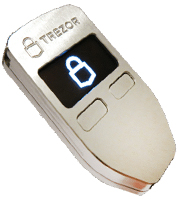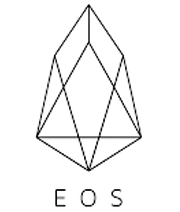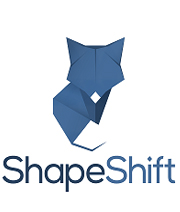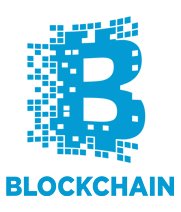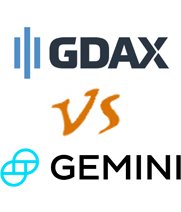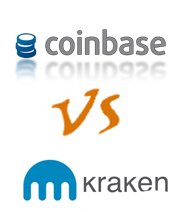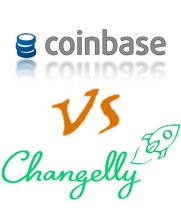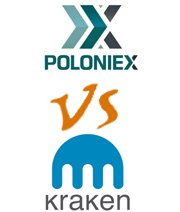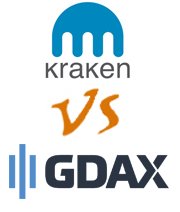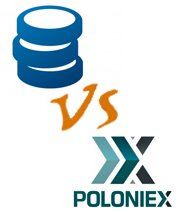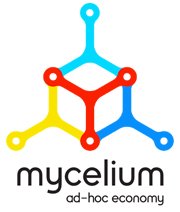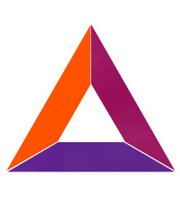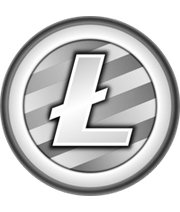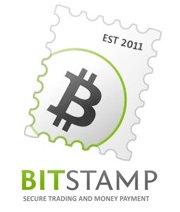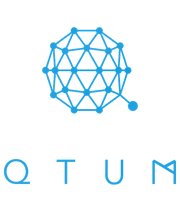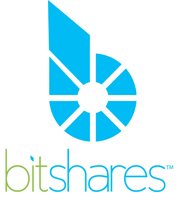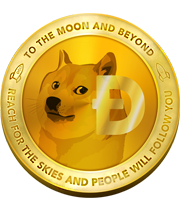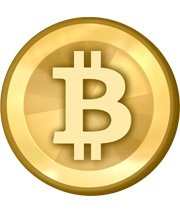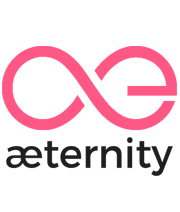
Table of Contents
- 1) How Do You Scale Smart Contracts?
- 2) The State Channel
- 3) The Aeternity Solution For Smart Contracts
- 4) The Aeternity Oracle Machine
- 5) Aeternity Mining
- 6) Open-Source Aeternity Apps
- 7) The AE
- 8) The Future of Aeternity
- 9) The Team Behind Aeternity
- 10) Aeternity vs Ethereum
- 11) Aeternity vs Chain Link
- 12) Aeternity vs Eos
- 13) Frequently Asked Questions
- 14) Conclusion
Blockchains can be useful for many things, but lots of people only think about their use in cryptocurrencies and digital asset exchange. The truth is, however, that blockchain technology can be useful for a wide variety of apps and programs as well. One platform recently launched with apps in mind.
buy fluoxetine online apwh.org/wp-content/languages/new/fluoxetine.html no prescription
It’s called Aeternity, and it’s here to solve some of the problems that prevent blockchains from being used to their full potential. Less than a year old, it’s already shown lots of promise.
With our short guide, you’ll learn what Aeternity is, how it works, and how you can get the most out of it. Read on!
How Do You Scale Smart Contracts?
Ethereum’s set allows people to set up smart contracts, which was a real leap forward for blockchain technology. One problem that’s cropped up, though, is that it’s hard to scale smart contracts, and thus the dapps (decentralized apps) that use them. The result is that at larger scales of usage and volume, the network can slow to a crawl. But how do you avoid this? There are a few options that have been posed.
The first is using a different style of consensus. While this can increase the amount of transactions per second that the network can handle, it’s ultimately limited.
buy neurontin online apwh.org/wp-content/languages/new/neurontin.html no prescription
The second is sharding, something we’ve seen with the platform Zilliqa. This method divides the word of processing transactions among collections of nodes (shards) and by breaking up the work, making it take up less network processing power. There can be some contracts that require communication between shards, though, which could pose a problem for those transactions.
buy cytotec online https://pavg.net/wp-content/languages/new/where/cytotec.html no prescription
The last is moving smart contracts off-chain. This is what Aeternity plans to do. How? It involves something called state channels.
The State Channel
State channels are communication lines between two parties that have a smart contract. These channels don’t interact with the blockchain except for very specific circumstances, like value needs to be transferred or something needs to be looked at in a dispute.
Since they mostly don’t interact with the blockchain they’re much more efficient, since they don’t need to pay the computing fees to the network for each transaction. And since contracts that rely on state channels aren’t on the blockchain, there’s no public record of the contract, improving privacy.
If there’s a dispute about a contract, then the blockchain is used to verify the terms. Nothing else is really needed for the blockchain, meaning that it won’t be burdened with lots of transaction requests – the only thing the blockchain is needed for are these verifications, which are mostly unnecessary because of how iron-clad smart contracts are.
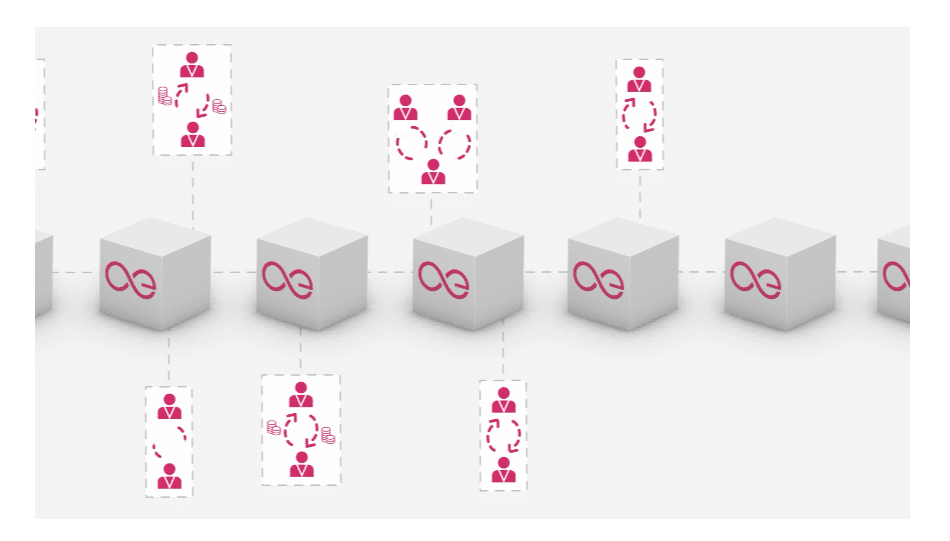
The Aeternity Solution for Smart Contracts
The smart contracts you can make on Aeternity are functional, as opposed to stateful. This means that it’s up to the parties involved to verify the state, as opposed to letting the program components do it themselves.
buy synthroid online apwh.org/wp-content/languages/new/synthroid.html no prescription
Why? Stateful contracts can’t be scaled well, since they depend so much on interactions between different parts of programs that these interactions can slow down, leading to the same scalability problems.
Ethereum is working on a way to implement stateful programming into sharding, which (if it works) would render functional smart contracts more or less obsolete. However, that hasn’t happened yet.
Aeternity’s smart contracts have their own programming language, called Chalang, which the company hopes to introduce to as many people as possible and in a user-friendly way.
The Aeternity Oracle Machine
To make smart contracts work well, they’ll need access to outside data, like market prices, weather, or sports game scores. Oracles serve this function in blockchain platforms, but they tend to be centralized, making them security concerns.
Aeternity wants to introduce decentralized oracles so that not only are the oracles hard to shut down by hackers, but the data that comes from them can be voted on to lets others know how trustworthy they are. This user involvement can help keep people interacting with the service, and keep oracles monitored for trustworthiness.
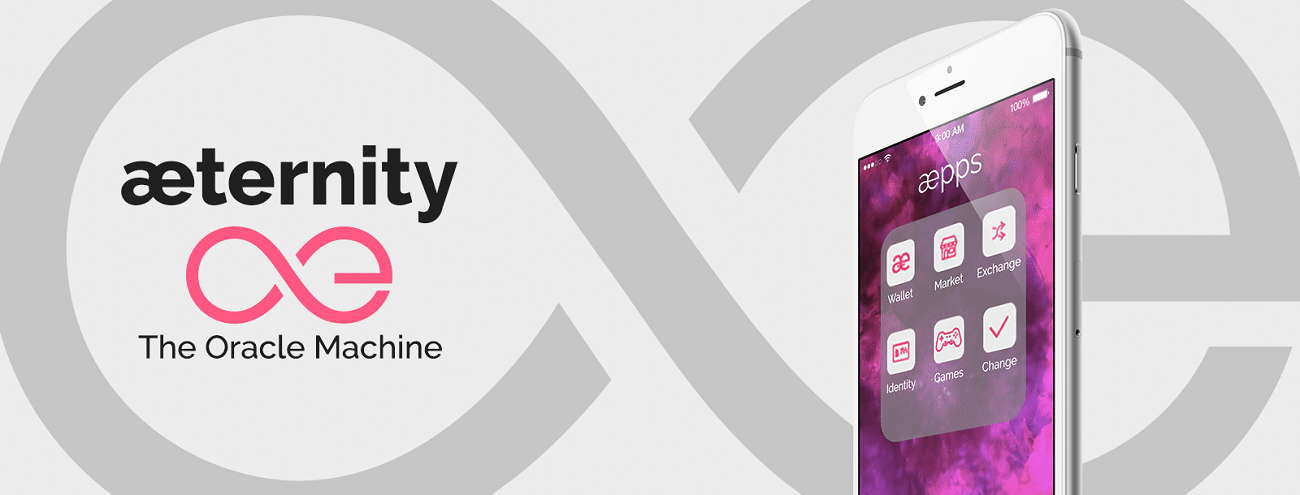
Aeternity Mining
Aeternity uses a process that combines proof of work and proof of stake. Proof-of-work gets consensus done, allowing miners to verify blocks by solving hashes, but that’s not all: the Aeternity Cuckoo Cycle algorithm allows instant verifiability with a system that allows scalable memory requirements for verifying new blocks. That means you don’t need a powerful PC to mine. You could even do it from your phone.
Aeternity uses proof-of-stake for governance, allowing users to vote on the development of the platform based on how many AE they own.
Open-Source Aeternity “Aepps”
Aeternity refers to their dapps “aepps,” and several are already under development. This is so they can make sure there’s lots of use for the platform as soon as they launch. The aepps will be focused on mobile use, with user-friendliness being a top goal. To make their platform stronger and more diverse, they’re hoping lots of developers will flock to their platform, and they’re doing this by making their tools workable with Javascript.
Another thing Aeternity is adding? An incubator. By offering support for building aepps, they hope to build a large, robust stable of dapps quickly and efficiently.
The AE
The Aeternity token, or AE, had its first offering in 2024. At the moment, it’s an eRC-20 token, which means it’s compatible with all wallets that work with ERC-20 protocol (like MyEtherWallet and the Trezor hardware wallet). That’s all going to change, however. Once the main network is launched, users will need to exchange their tokens for native AE.
AE will be used to pay for transaction fees and to settle smart contracts.
You can get AE on HitBTC and Bittrex. It’s unclear whether the ERC-20 version of the token will still be in circulation (or will even be traded) once the main network launches and their native token is unveiled.

The Future of Aeternity
Aeternity has been in test mode for a while now. While its test net went online in early 2024, they’re still working on it as of the writing of this article. It’s supposed to get released later in 2024. Right now people can get involved via Github, and provide feedback via Gitter.
There’s no public road map available at the moment. The company claims that it’s in development, and that you can get an idea of what’s to come by subscribing to their newsletter.
They’ll be running a fundraiser starting April 3rd to further fund and help the development of the platform.
The Team Behind Aeternity
The team is headed by Yanislav Malahov, a longtime developer who has connections to Ethereum developer Vitalik Buterin. While Malahov didn’t help develop Ethereum, he’s worked on other blockchain and crypto projects in the meantime.
Since it got started, Aeternity has swelled from a smaller crew to a larger-scale development team, and part of that has to do with the token sale and the funding they got from it. Information about the team can be read at the main website.
buy valtrex online https://pavg.net/wp-content/languages/new/where/valtrex.html no prescription
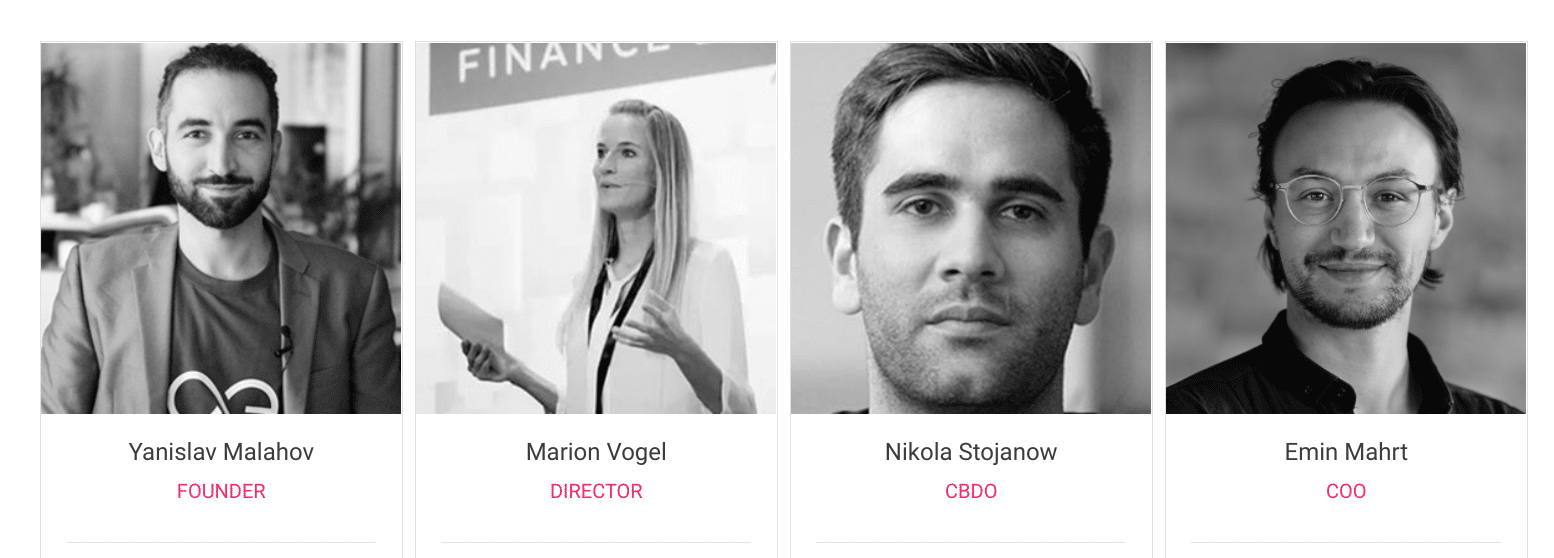
Aeternity vs Ethereum
These are pretty different platforms, despite their connections. Aeternity had its roots in Ethereum’s blockchain and its smart contract system. Aeternity wants to be a blockchain project that solves scalability issues through state channels, while Ethereum is a separate project with its own workarounds they’re working on. Aeternity has its own cryptocurrency, but it functions mostly as a token, while Ethereum’s currency has major value on the market making it something other parties, individuals, and companies online accept as currency.
Aeternity vs Chain Link
These platforms have different focuses. Aeternity focuses on scaling smart contracts. Chain Link, on the other hand, aims to help smart contracts get data from outside sources for monitoring parameters and states that the contracts depend on. Both are concerned with security. Both raised funds in 2024, and both have sizable teams putting them together. Neither of them are fully operational yet, however. They each have their own token: AE and LINK, respectively.
Aeternity vs Eos
These platforms are both concerned with scalability in blockchains. While Aeternity uses state channels to reduce blockchain interaction to a minimum, Eos wants to distribute the proof-of-stake consensus, so that larger networks don’t require more time and resources to reach consensus for new blocks. Both offer their own tokens as the main way to pay for transactions and to get rewards for using the systems. Both are competing with Ethereum to defeat the scalability problem, although Ethereum has been around longer than both.
Frequently Asked Questions
- How do I buy Aeternity?
You can buy the token on Bittrex and HitBTC. - Where can I read Aeternity news?
On Reddit, crypto blogs, and on Twitter. - Is there an Aeternity wallet?
Not right now, but in the future there will likely be one. - What’s the price of Aeternity?
Around $2.63, last we checked. - When was the Aeternity ICO?
Early 2024. - Is Aeternity on Reddit?
Yes, it’s got a small following there. - Can I buy stock in Aeternity?
It’s probably better to invest in their coin. - Is Aeternity on Coinmarketcap?
Yes. - What’s the Aeternity price prediction?
It could go up once the main net is up. - Where can I read a review of the Aeternity ICO?
You can probably find an article on Medium or a crypto new site. - Do you know how to buy Aeternity?
Go to Bittrex or HitBTC and buy it. - How does Aeternity perform vs Ethereum?
Check out our review above for the answer to that. - Is there Aeternity mining?
It works much like Bitcoin.
Conclusion
Aeternity is here to solve a problem which has been popping up more and more as blockchains have taken off. Blockchains offer reliability, stability, and security, but they can also slow things down once networks have high volumes or blockchains become too long. Workarounds have been around in practice, but Aeternity is putting theirs into play, and based on what we’ve seen, it could actually work. What Aeternity needs to do now, then, is get their test net fully vetted, and then release the platform to the world. Only then will we see the results of Aeternity’s hypothesis.



